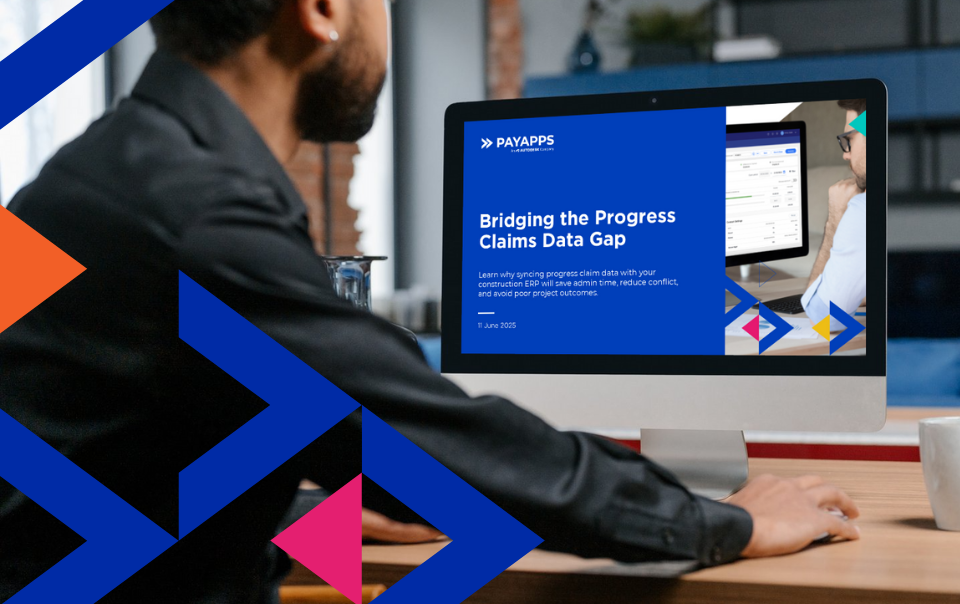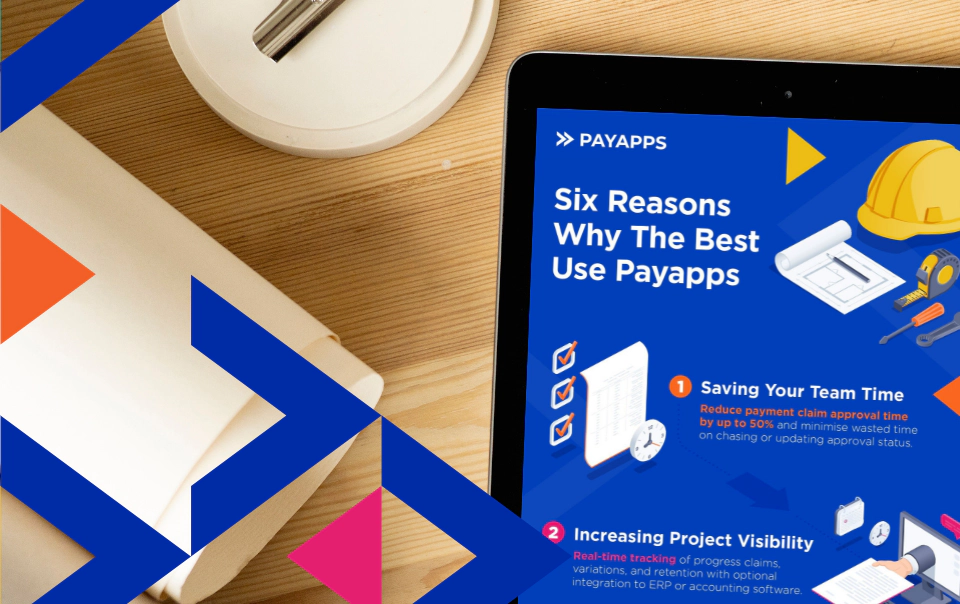FIND OUT EVERYTHING YOU NEED TO KNOW
Assessing project performance is vital to ensure that everything is on track to achieve the projected operational results and maintain profitability for the business. For many companies, this project performance assessment, or valuation, consists of a monthly review process that is typically compiled from manually created spreadsheet data or data that is extracted into a spreadsheet from an accounting system. At its simplest, profit is the difference between what a company has invoiced the customer and what it has actually cost to build the project.
Unfortunately, this information is often only available in hindsight – and if a company loses money or breaks even on too many jobs, it will not survive. For companies to stay solvent and thrive, they need to effectively measure the value of work in progress (WIP). This measurement needs to be done as close to real time as possible – a task enabled by the complete integration of contract valuation systems and processes with financial and operational information. It needs to compare apples to apples so management can carry learnings from one project over to another.
THE PROFIT ‘ACCOUNTING’ CONUNDRUM
For a number of reasons, the value of a progress claim to the client does not always represent the value of work completed. Today’s complex commercial contracts can mean an initial claim includes advance payments negotiated into the contract, or an agreed claim schedule may be based on claim milestones or cash calls. On the cost side of the ledger, construction companies may have legitimately incurred a range of costs relating to services or materials that have not yet been invoiced. As a result, the organisation’s cost position may not reflect what they have really spent.
Because of these complexities, a distortion of the true position will almost invariably occur if profit is simply reported as being the difference between what has been claimed and what the company thinks they have spent. The root problem is that project revenue and cost positions really only accurately reflect the true project outcome when the job is finished – when all claims are settled and all costs have been invoiced or booked to the job.
But any businesses wanting to avoid unpleasant surprises will want to review results each month to try and eliminate the month-to-month peaks and troughs in project results that occur when not comparing ‘apples with apples.’ The solution to this complex problem is to use contract valuation – a global construction industry standard that provides both a calculation methodology and assessment framework to allow each project to review, update and accurately report the project performance outcomes. And even more importantly, it allows companies to compare apples with apples for each project.
ASSESSING PROJECT PERFORMANCE
There are many factors that can ultimately impact a project outcome. Projects can differ significantly in size, duration, value and complexity. The key is to use the following information as a basis to assess project performance in a standardised contract valuation format.
To get the key information to assess project performance, ask the following questions:
- What is the value of contract ‘X’?
- What is the contract’s cost budget and contract schedule?
- What revenue has been claimed to date & what costs incurred to get there?
- What is the current forecast to complete and target schedule?
THE CHALLENGES OF MEASURING PROGRESS ACHIEVED AT A POINT IN TIME
Because the project’s progress claim or invoicing may not necessarily align directly with the progress achieved so far, organisations need to measure over or under claims and carry WIP. The company may also have to recognise incurred costs that are not yet reflected in its cost base, or alternatively, costs may have been booked for materials that have not yet been used or incorporated in works.
One of the key challenges for any company seeking to do effective contract valuation – comparing apples with apples – is how to measure progress achieved as at a review point. How this can and should be done can vary project by project, industry sector by industry sector. In many instances, the decision on what methodology to use is decided at corporate level.
MEASURING PROGRESS ACHIEVED
Physically measure progress by pay item or revenue claimed, costs expended as a percentage of the final forecast position, and time consumed against program.
These methods can also be used to determine a valuation of work that should have been completed at this point. For instance, if the project is 50 per cent complete, the company should be able to report 50 per cent of its forecasted final position as being earned.
VALIDATING THE FORECAST FINAL POSITION
The resulting variance between the project valuation and the recorded claim or cost position at a ‘line in the sand’ point in time is referred to as work in progress (WIP). If an organisation is to stay profitable and not overextend itself, the key is to fully analyse and explain the makeup of the WIP value, to be able to substantiate the WIP position and accurately validate the forecast final position.
The contract valuation methodology provides a consistent, efficient approach to measuring project performance in any industry sector but it also serves as a solid foundation for more detailed analyses. Using the methodology, an organisation is able to measure work in hand (WIH), cash position and remaining cash flow and then time phase those remaining values. A company is also able to undertake detailed order intake analysis as well as risk and opportunities profiling and take-up.
This gives early warning of potential overstated or understated forecast final margin positions using contract valuation methodology to validate that the reported project position makes sense and is on track to achieve the predicted forecast outcomes.
DELIVERING BETTER BUSINESS RESULTS THROUGH INTEGRATION
To realise the operational and business benefits that contract valuation can deliver, enterprise accounting and project management software that fully integrates construction industry-centric job costing and financial information is required.
Furthermore, it’s vital to integrate the huge number of disparate data sources and systems that typically exist in a modern construction company. All these systems – financial, project management, job costing, plant and equipment, document control and payroll information – need to be accurate, up to date and accessible to support integrated contract valuation processing.
A project does not stop to allow for month-end commercial assessment at a point in time, so any integrated solution must also support the principle of producing a time-slice or drawing a line in the sand. This function is used to create a complete commercial and financial record at review time which can also be used to update forecast and valuation elements as well as serve as the basis of initial review while day to day operations continue.
It’s fundamental to establish one version of the truth to ensure operational and financial administration efficiencies are realised.
WE DIDN’T WRITE THIS ARTICLE, THE WONDERFUL ROBERT HUMPHREYS DID FOR SOURCEABLE.NET, BUT WE WANTED TO SHARE IT AS IT HIGHLIGHTS PRETTY MUCH EVERYTHING PAYAPPS DOES; EASILY AND QUICKLY WITH COLLABORATION, AUTOMATION, AND INTEGRATION. WE LITERALLY PUT A CONTRACT ADMINISTRATION SYSTEM IN THE PALM OF YOUR HAND! READ FULL ARTICLE HERE: HTTPS://SOURCEABLE.NET/CONTRACT-VALUATION-METHODOLOGY/




